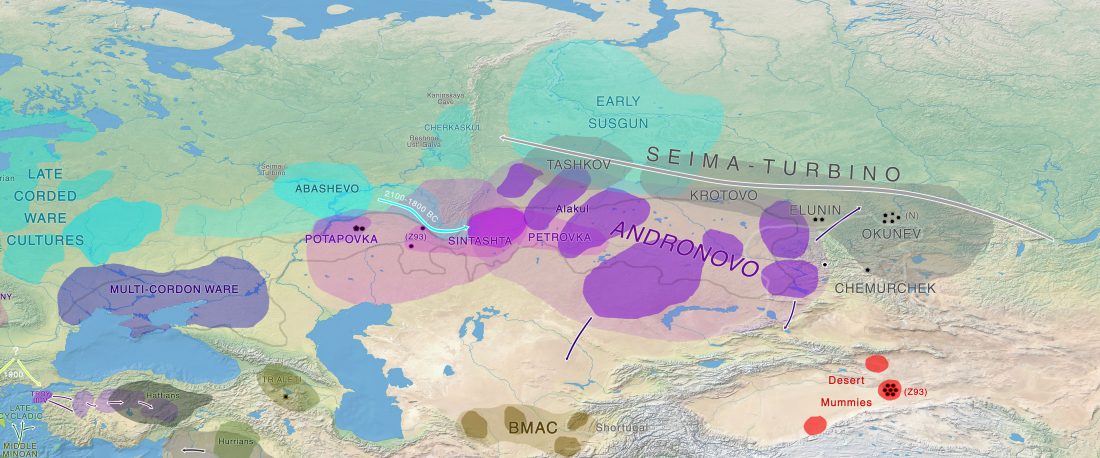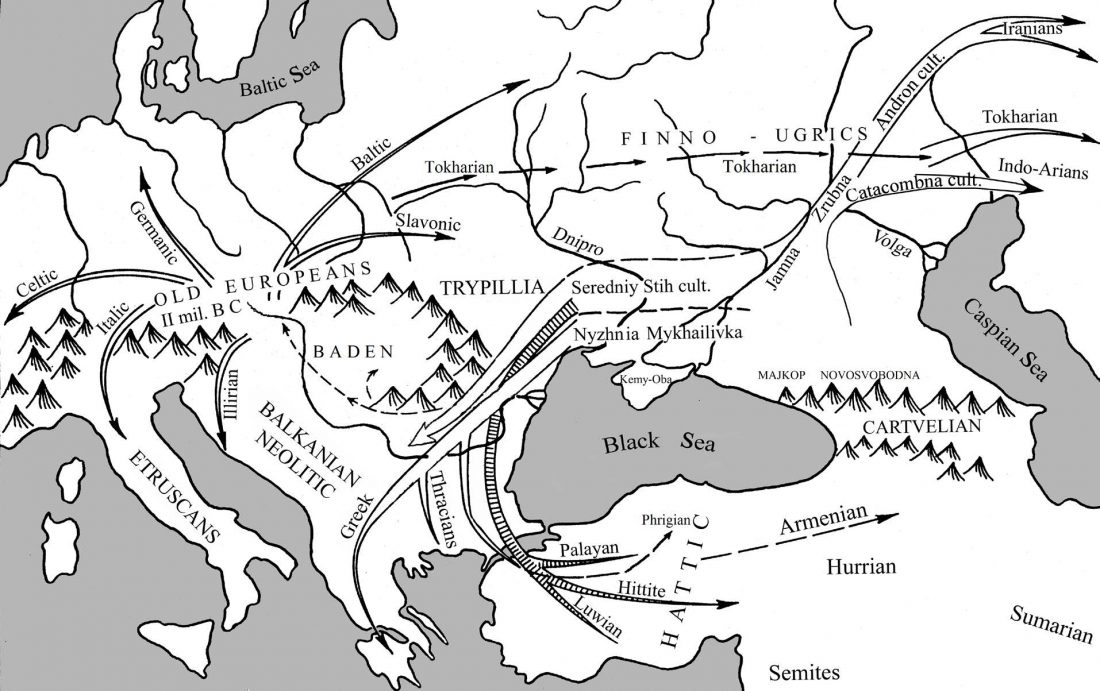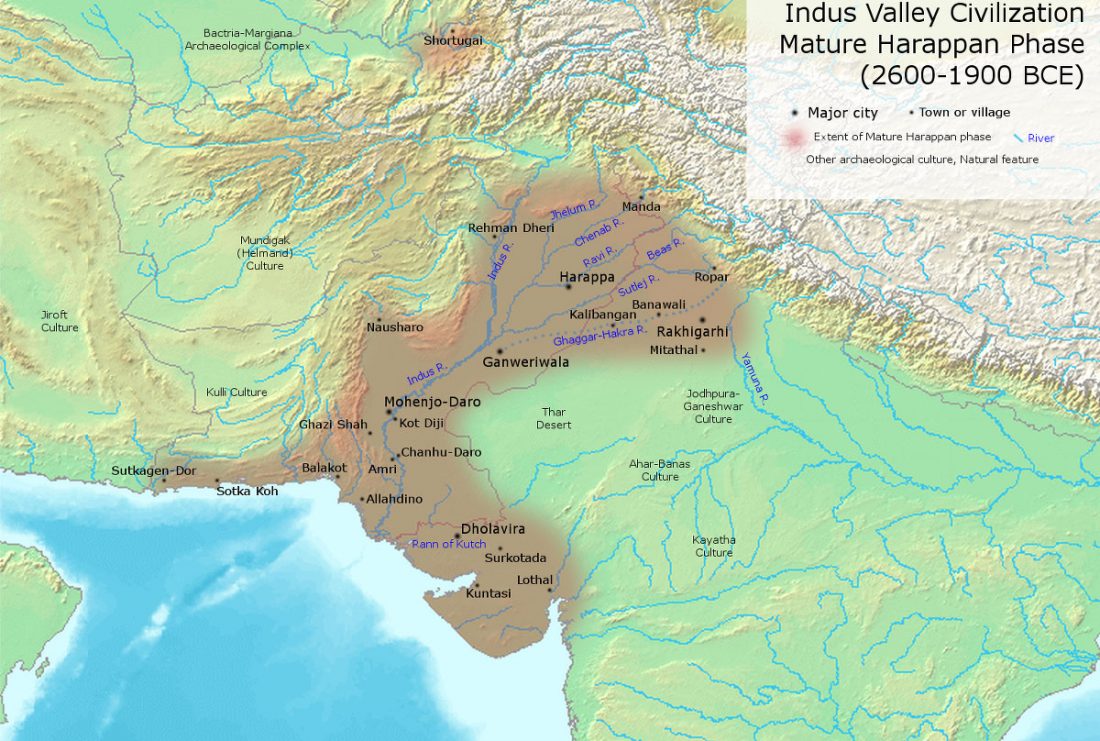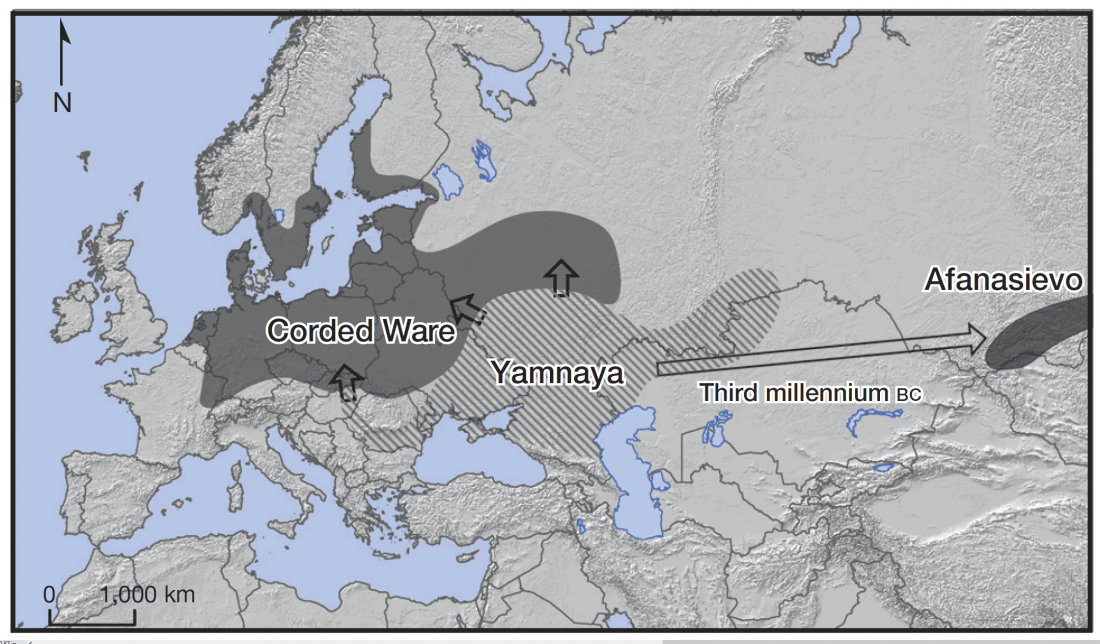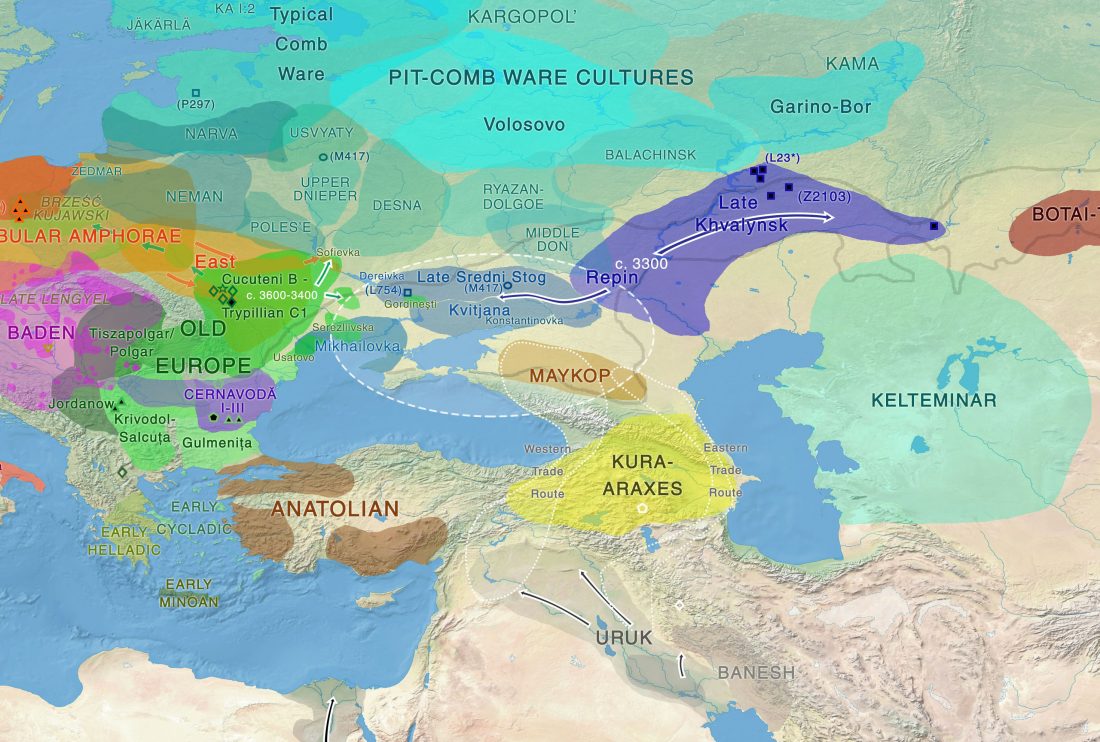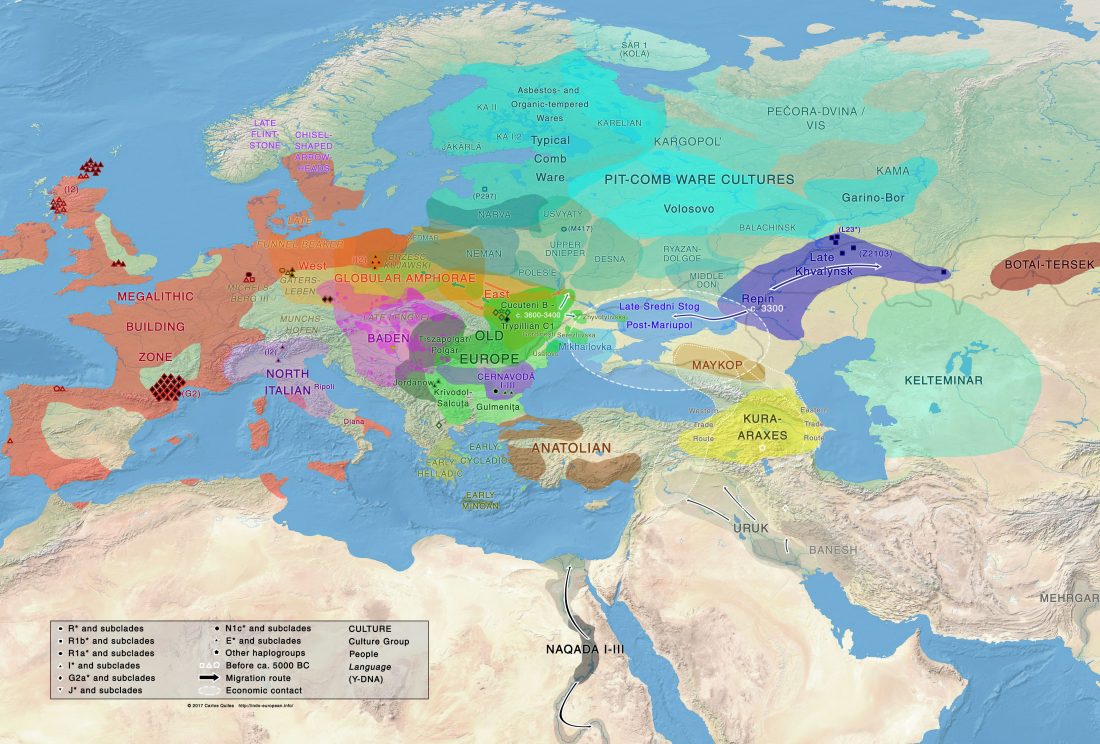A new article (in Russian), Kinship Analysis of Human Remains from the Sargat Mounds, Baraba forest-steppe, Western Siberia, by Pilipenko et al. Археология, этнография и антропология Евразии Том 45 № 4 2017, downloadable at ResearchGate.
Abstract:
… Read the rest “More evidence on the recent arrival of haplogroup N and gradual replacement of R1a lineages in North-Eastern Europe”We present the results of a paleogenetic analysis of nine individuals from two Early Iron Age mounds in the Baraba forest -teppe, associated with the Sargat culture (fi ve from Pogorelka-2 mound 8, and four from Vengerovo-6 mound 1). Four systems of genetic markers were analyzed: mitochondrial DNA, the polymorphic part of the amelogenin gene, autosomal STR-loci, and those of the Y-chromosome.
